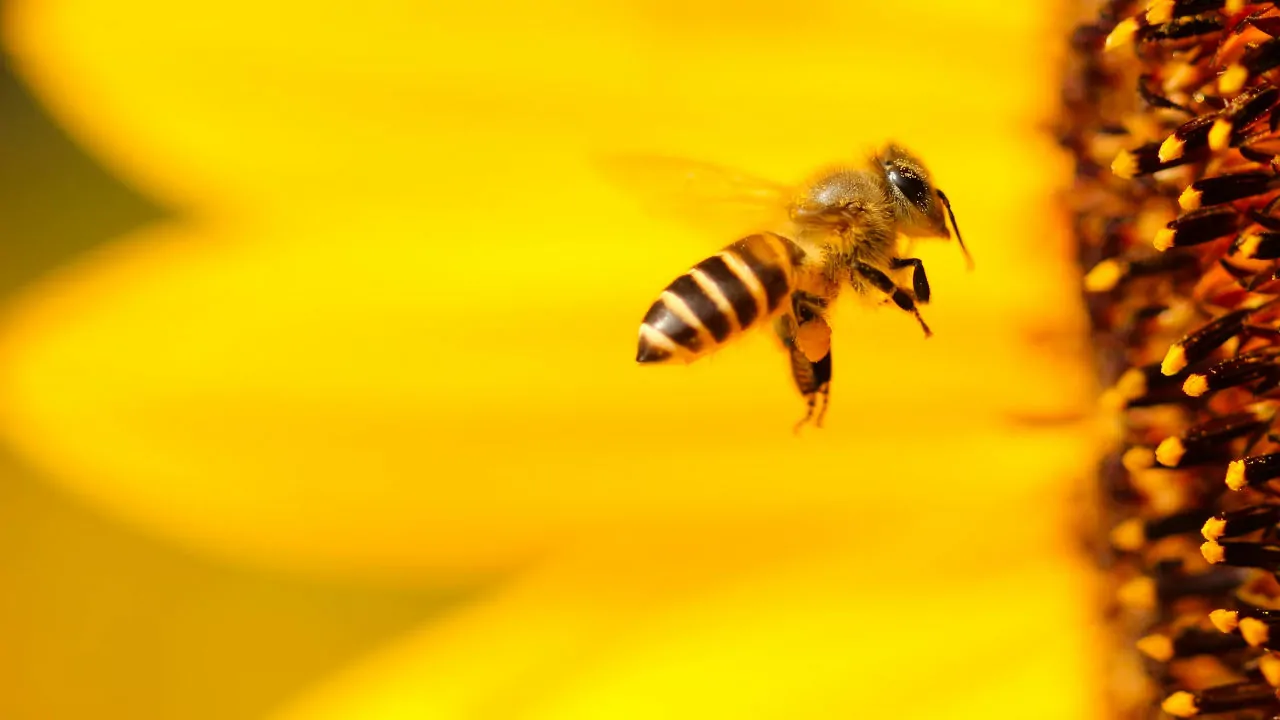Bees are essential to our ecosystem, and one of their most important roles is pollination. But did you know that bees carry pollen grains on a very specific part of their body? The key area for this task is the hind legs, where bees have a special structure called the pollen basket, or corbicula.
When bees visit flowers, they collect pollen on their bodies as they move from one bloom to the next. Some pollen sticks to the hairs on their bodies, while the majority is transferred to the pollen basket on their hind legs. This unique feature allows them to carry large quantities of pollen back to their hive.
As bees fly from flower to flower, they pollinate plants by transferring pollen between them. This process is vital for the reproduction of many crops and wild plants. Without bees, many of the fruits, vegetables, and flowers we depend on would struggle to reproduce.
Not all bees carry pollen in the same way. While honeybees and bumblebees primarily use their hind legs, some solitary bees transport pollen on their abdomen or body hairs. Despite these variations, all bees play a crucial role in supporting biodiversity and ensuring food production.
Next time you see a bee, remember its impressive pollen-carrying skills and how it helps maintain the health of our planet.
